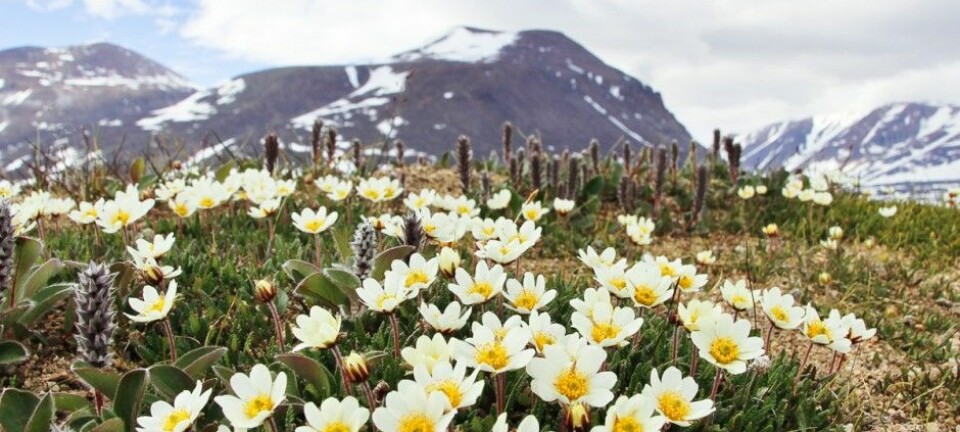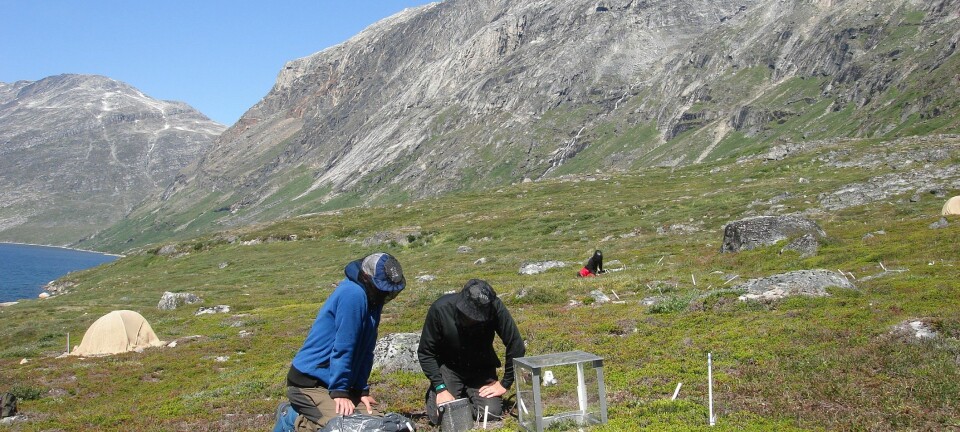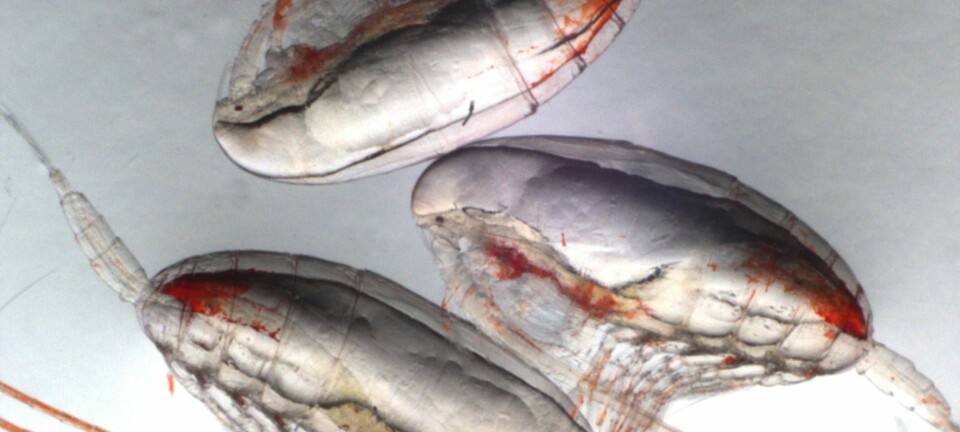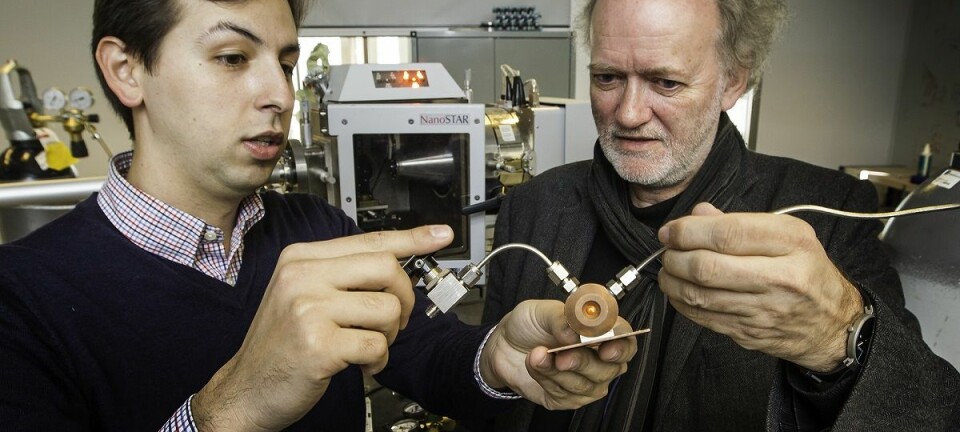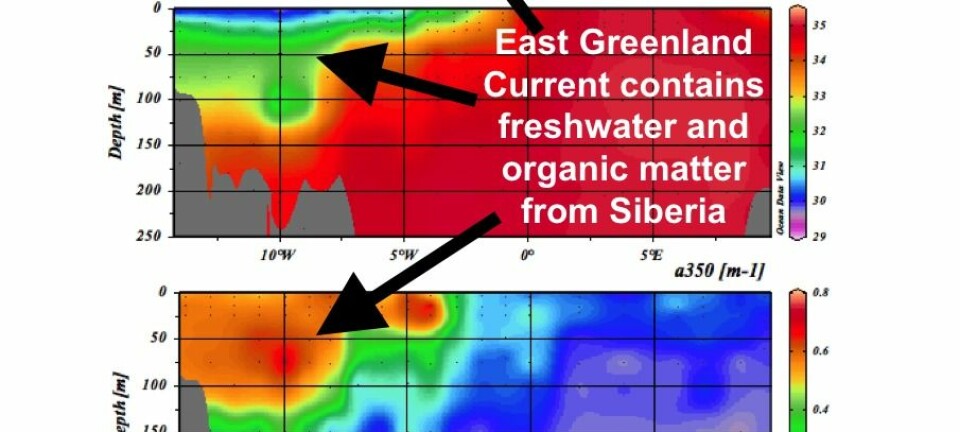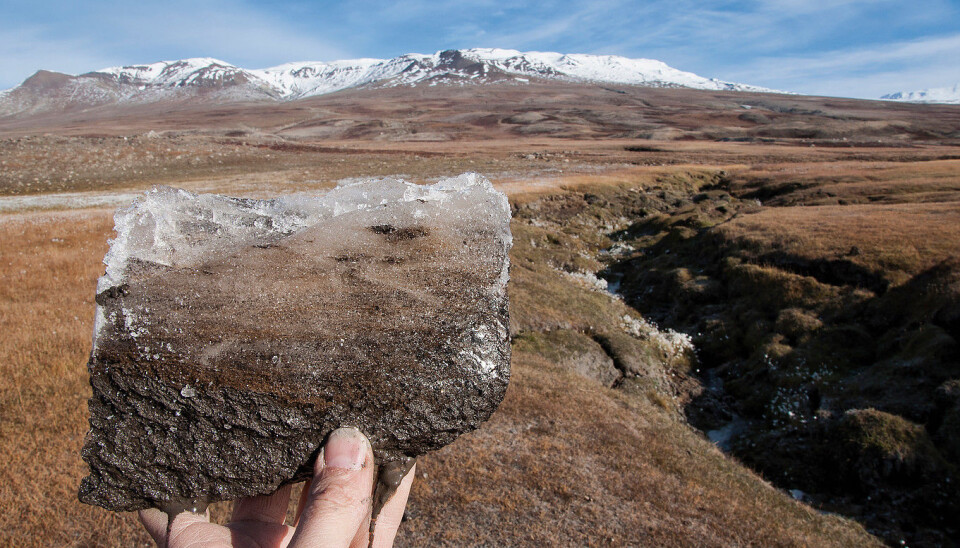
Arctic soils: a ticking climate time bomb
Carbon emissions from Arctic soils threaten to greatly accelerate climate change by 2050.
Soils across the Arctic are a ticking time bomb of climate change that could release large amounts of additional carbon dioxide, CO2, as early as the middle of this century.
The first global study of soil carbon loss due to warming, finds that an additional 55 trillion kilograms of soil carbon could be added to the atmosphere between now and 2050. This is equivalent to as much as 17 per cent of all greenhouse gas emissions during this same period. Most of it would come from Arctic and subarctic soils.
This could further exacerbate and accelerate climate change.
“It’s scary,” says lead-author Thomas Crowther from the Netherlands Institute of Ecology. “Areas with most soil carbon are also the areas that are experiencing the most warming. When you consider the globe is not uniform in this respect, then this feedback is massive.”
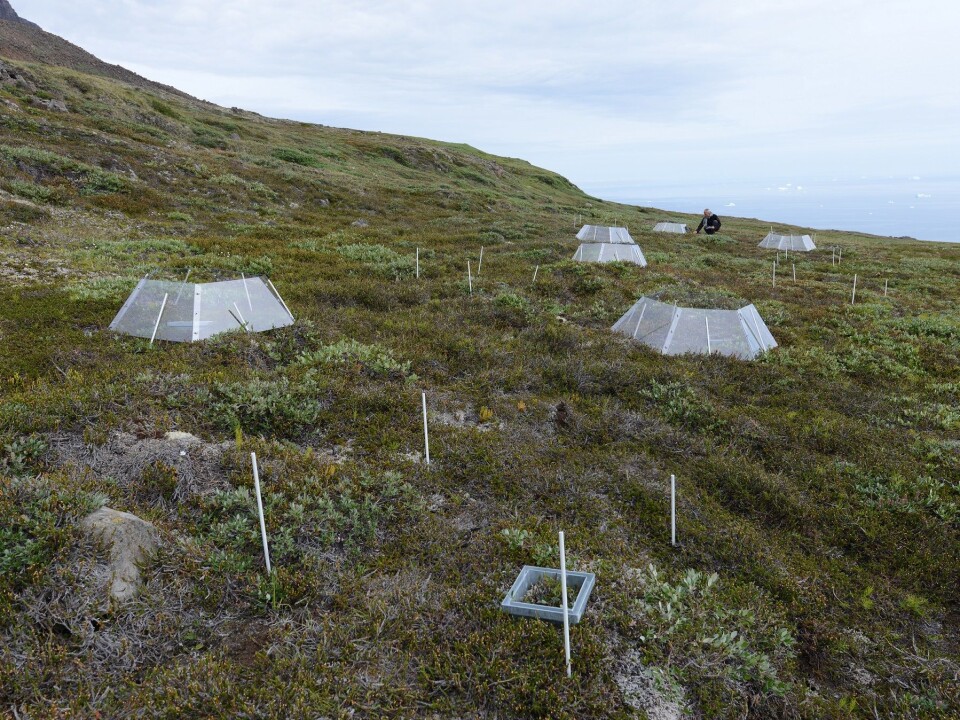
“It’s critical to include these estimates in model projections of how the climate will be in the future. This is the first step to generate meaningful targets to mitigate climate change,” he says.
Study co-author Bo Elberling, head of the Danish Center for Permafrost (CENPERM), a basic research centre at the University of Copenhagen, Denmark, urges caution before reading too much into the new data.
“This release of CO2 from near-surface soils is more significant than previously thought. But we still don’t know if warming will increase the net contribution of CO2 to the atmosphere,” says Elberling.
“We still don’t know how much plants will take up in response, which is particularly important in relation to an increasing root biomass in the Arctic which represents a knowledge gap when speaking about Arctic greening,” he says.
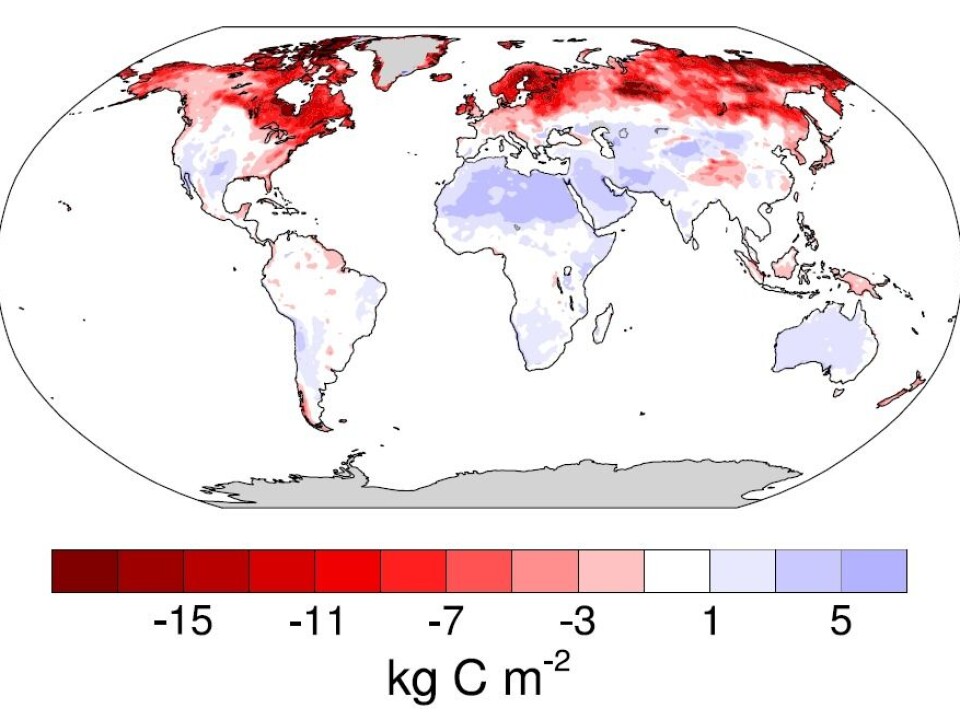
The new results, says Elberling, are an important step toward a more detailed understanding of how vast carbon storage in soils will respond and contribute to future climate change.
The results are published in the scientific journal Nature.
Microbes speed up plant decay in a warmer world
The question of how soils will respond to climate change is not new, but previous attempts to understand it have focussed on individual sites around the world--and with mixed results.
Carbon is taken up by plants during photosynthesis, as well as being absorbed directly into the soil. It is then released by respiring soil microbes as they help to break down and decompose vegetation.
In a warmer world, all of these processes are likely to become even more active, which means that more and more carbon could be released into the atmosphere as CO2 and methane. This will also be offset in some areas, however, by increased plant growth.
Depending on how these two processes are balanced, soils at some locations will soak up more CO2 than they release, while others will release more CO2 than they take up.
Scientists need to know what the overall balance is around the world.
“It’s like having another USA emitting carbon”
Crowther wanted to establish a global inventory of soil carbon to see how much carbon is left behind in the soil as the Earth warms.
“Most of the previous studies had looked at the movement of CO2 in and out of the soil. They look at the respiration and the uptake of CO2 from the plants, and the CO2 taken up directly into the soil. But we wanted to keep it really simple. I just wanted to know how much carbon is left in the soil after it has warmed,” says Crowther.
“At each site we just measured the difference between soil carbon at warmed sites and control sites that hadn’t undergone warming,” says Crowther.
Crowther collaborated with scientists from around the world and was able to collect data from 49 sites to see how the soils had behaved over recent years. Using a global soil map, he then extrapolated these trends into the future to see how soils around the world would respond to two degrees of warming by 2050.
The results were alarming.
“It’s like having another USA emitting carbon,” says Crowther.
New data needs to be incorporated into climate projections
Greenhouse gases from soil carbon is ignored by most climate models due to the great variance in previous measurements from location to location.
This source of greenhouse gases was even emitted from several of the models in the latest IPCC report, says Crowther.
“The most devastating projections of climate do include it, but several of the models don’t,” he says.
Adding these estimates into global climate models is therefore of critical importance.
Eric Davidson of University of Maryland writes in Nature that the new study is a welcome addition for future climate simulations.
“Climate models are only just beginning to include the effects of climate change on the exposure of soil carbon to microbial decomposition,” he writes.
Worryingly, adds Davidson, the new findings suggest that soil carbon will be a source of a large biotic feedback that will accelerate climate change.
What do scientists need to know now?
There is still some way to go before we can firmly conclude that the carbon-rich soils of the Arctic and subarctic will become a net source of CO2 in the future, says co-author Elberling.
“Seventeen per cent of carbon emissions is a big number, and respiration and soil carbon is an important source of CO2. But it is also offset by photosynthesis, and this is particularly true for the Arctic,” he says.
On the other hand, if deep permafrost soils begin to thaw they could contribute even more CO2 to the atmosphere.
Crowther agrees that there is still work to be done.
“We need to take these numbers and incorporate them into an earth system model. It’s a bit tricky and we need to work on these models to include the spatial variability,” says Crowther.
He also wants to collect more data from the southern hemisphere and the Tropics, and deeper soils, which are not covered in the new study.
“We want to get a handle on the opposing feedback--how plant growth is opposing CO2. It’s really about understanding the processes now and then figuring out the correct mitigation approach, and this is an important first step,” says Crowther.
Scientific links
- Quantifying global soil carbon losses in response to warming. DOI 10.1038/nature20150
- Projections of the soil-carbon deficit (News and Views article)
